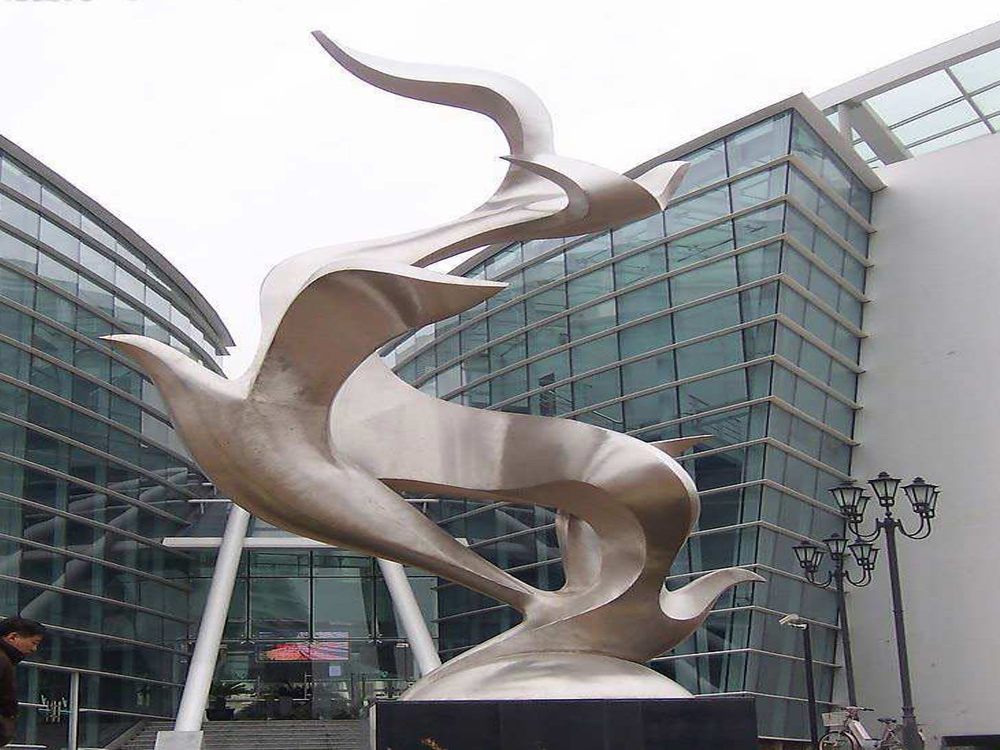
Outdoor stone sculptures are enduring symbols of art and culture, but their longevity is heavily influenced by climate conditions. Weather elements such as rain, snow, temperature fluctuations, and pollution can accelerate deterioration over time.
Rainwater, especially in acidic environments, can erode the surface of porous stones like limestone and sandstone. Freeze-thaw cycles in colder climates cause expansion and contraction, leading to cracks and fractures. Prolonged exposure to UV rays may fade pigments and weaken structural integrity.
Humid climates promote biological growth like moss and lichen, which can stain and degrade the stone. Coastal regions pose additional threats due to salt spray, which corrodes surfaces. Conversely, arid climates may cause desiccation and brittleness.
To mitigate these effects, regular maintenance—such as sealing, cleaning, and protective coatings—is essential. Selecting durable stone types like granite or marble for outdoor installations can also enhance resilience. Understanding these climate impacts helps preserve sculptures for future generations.

